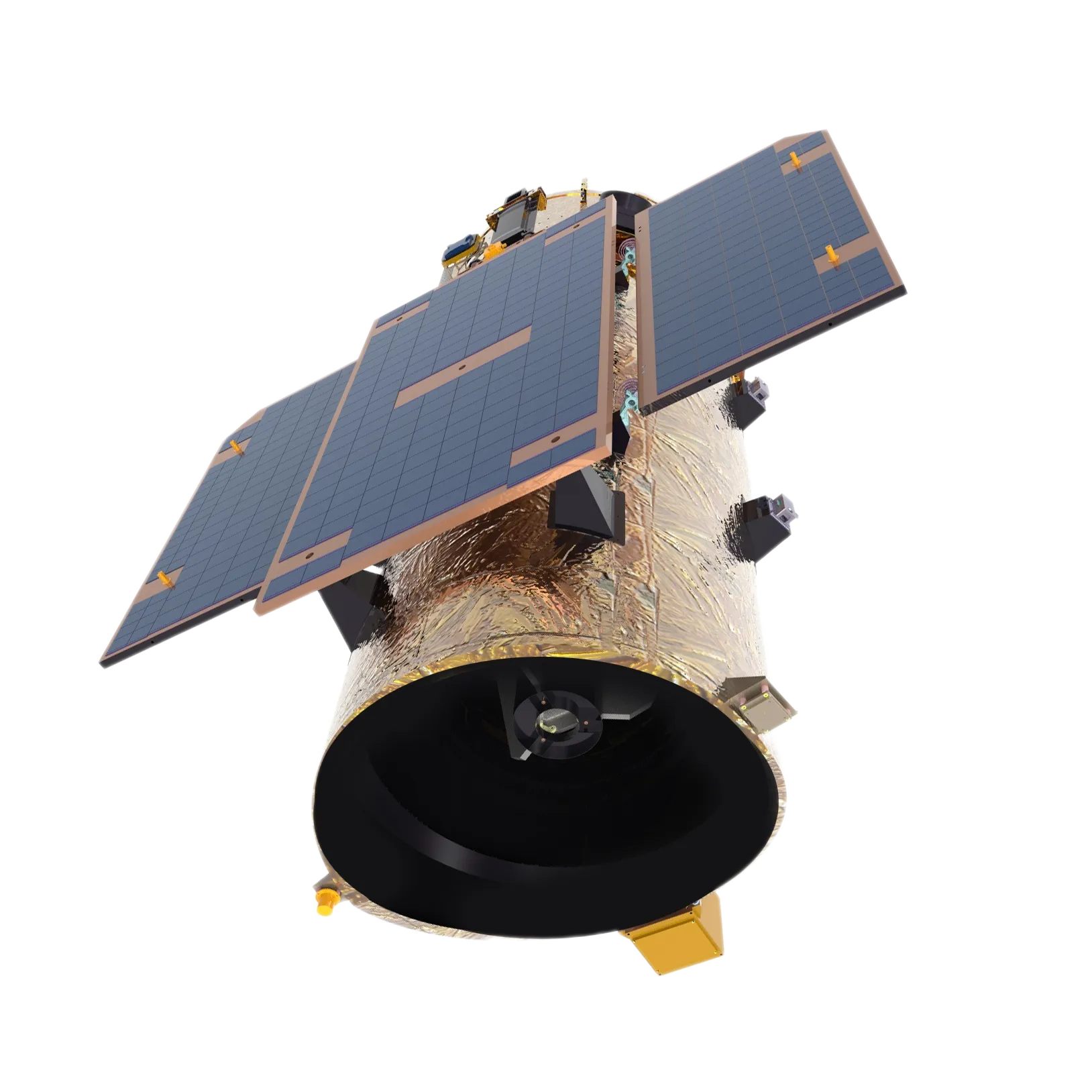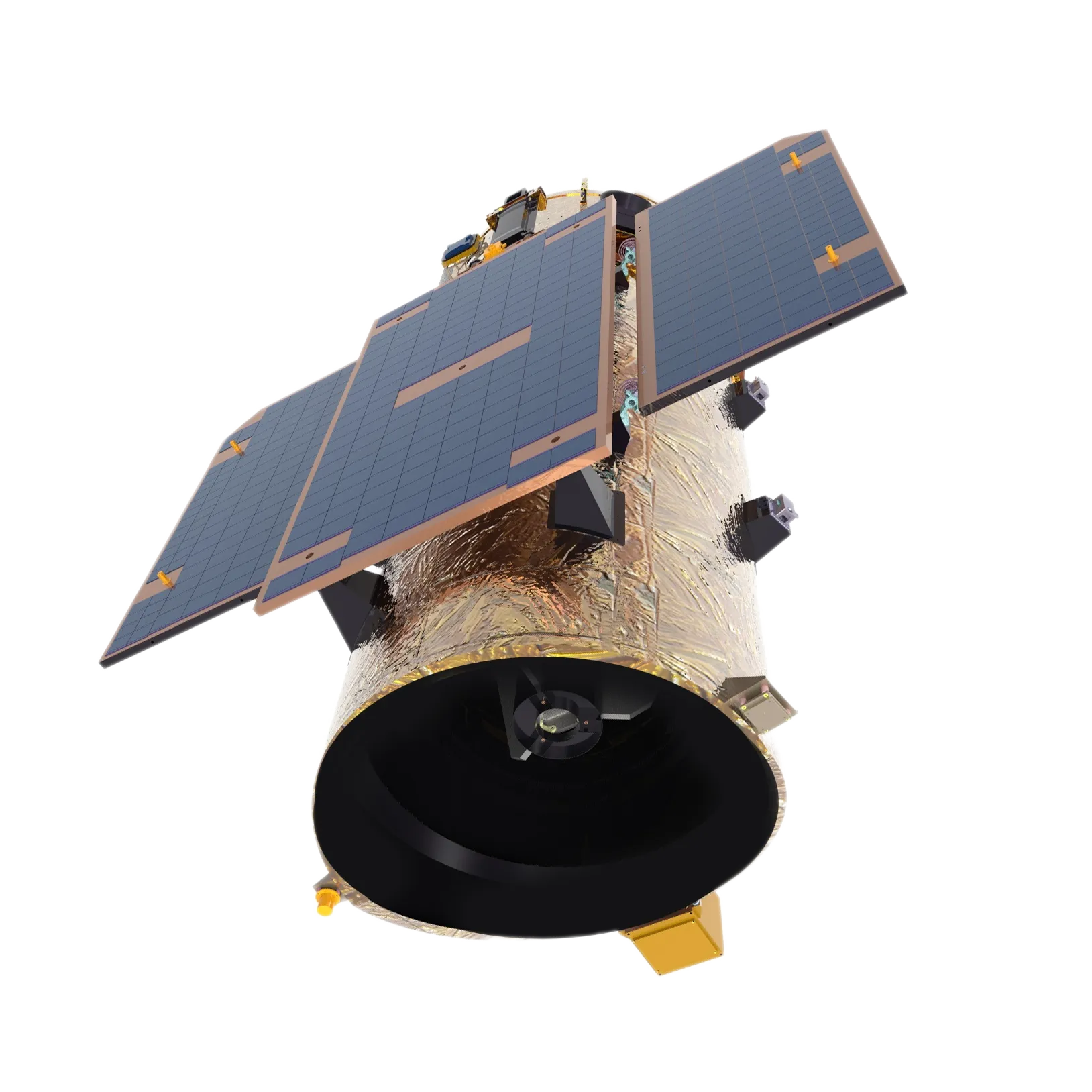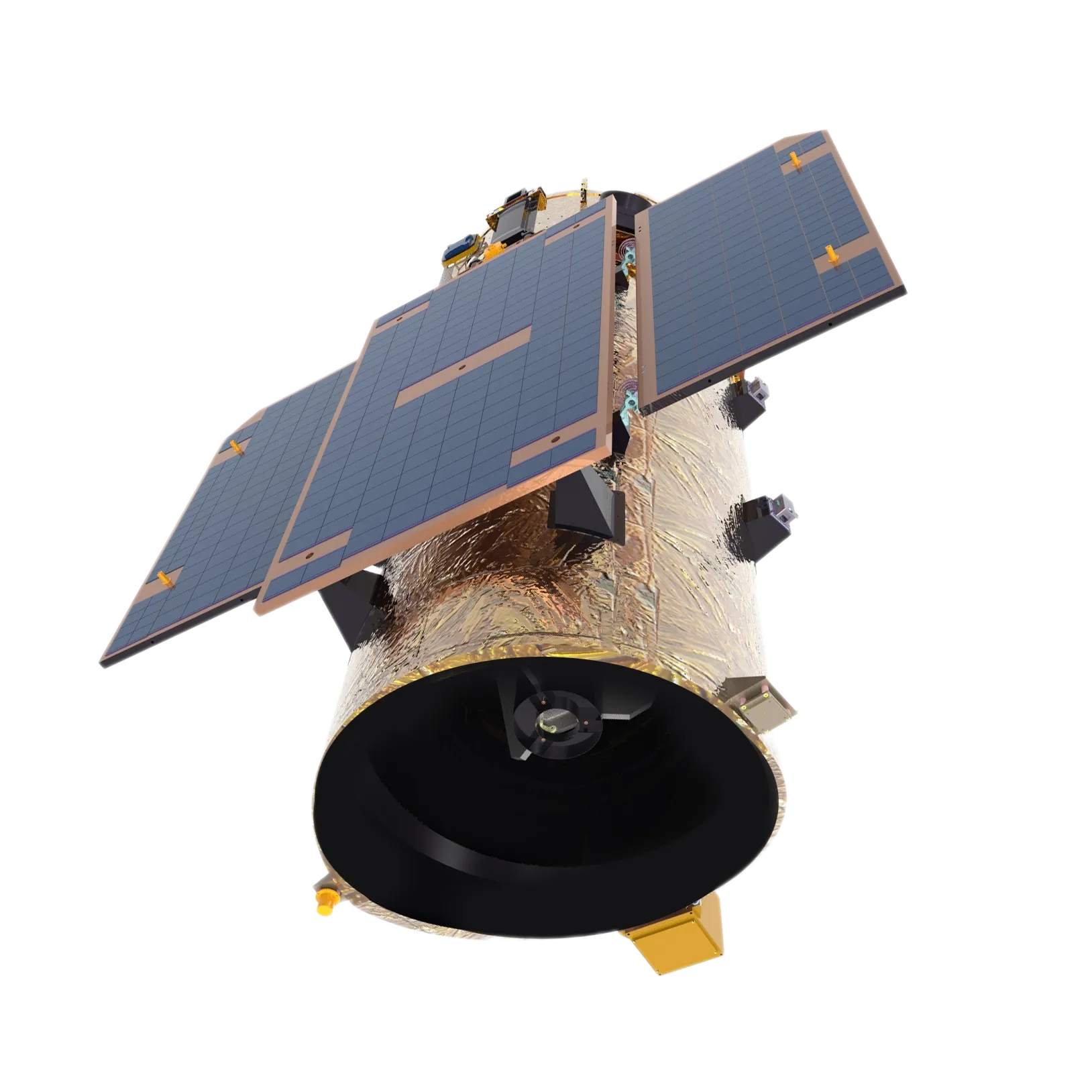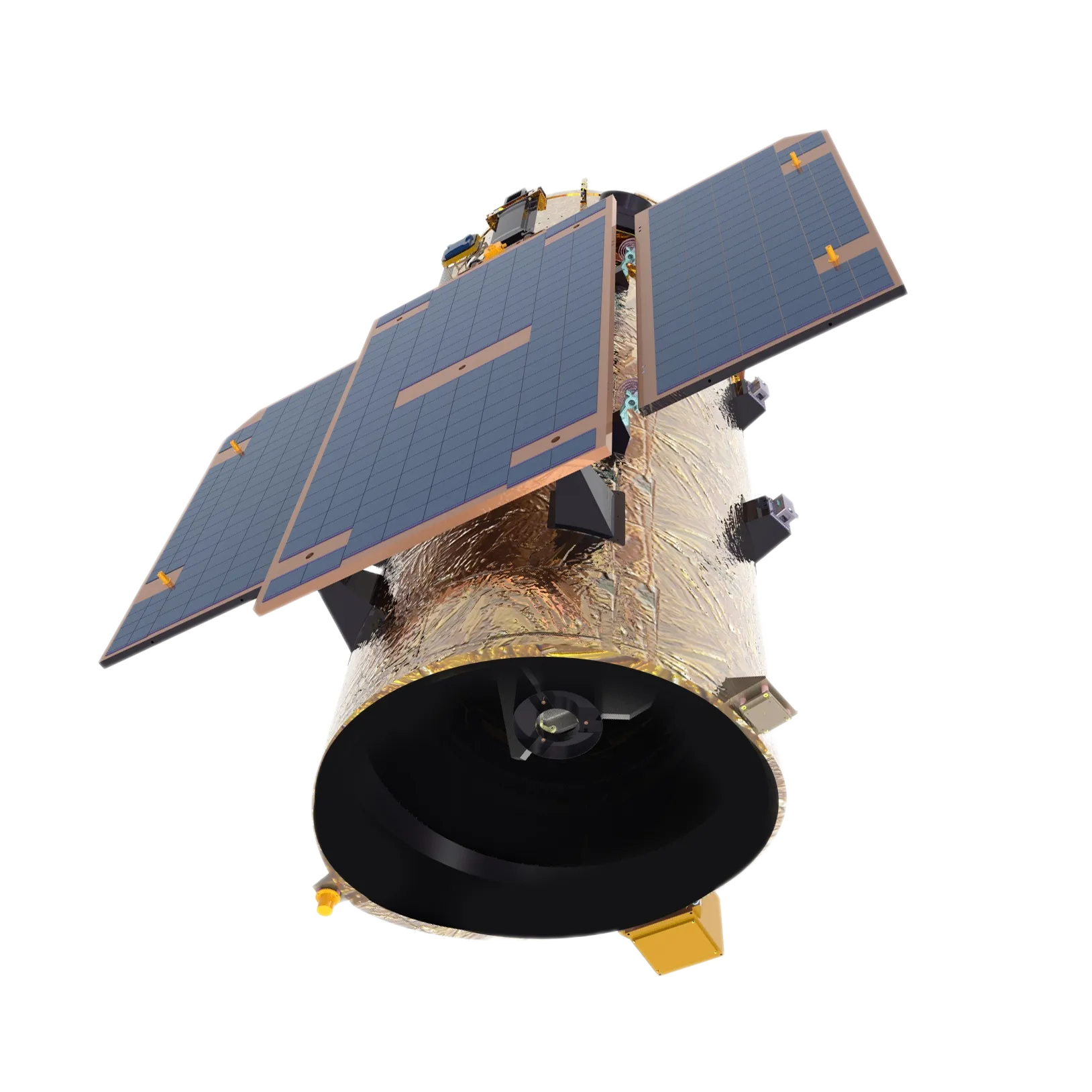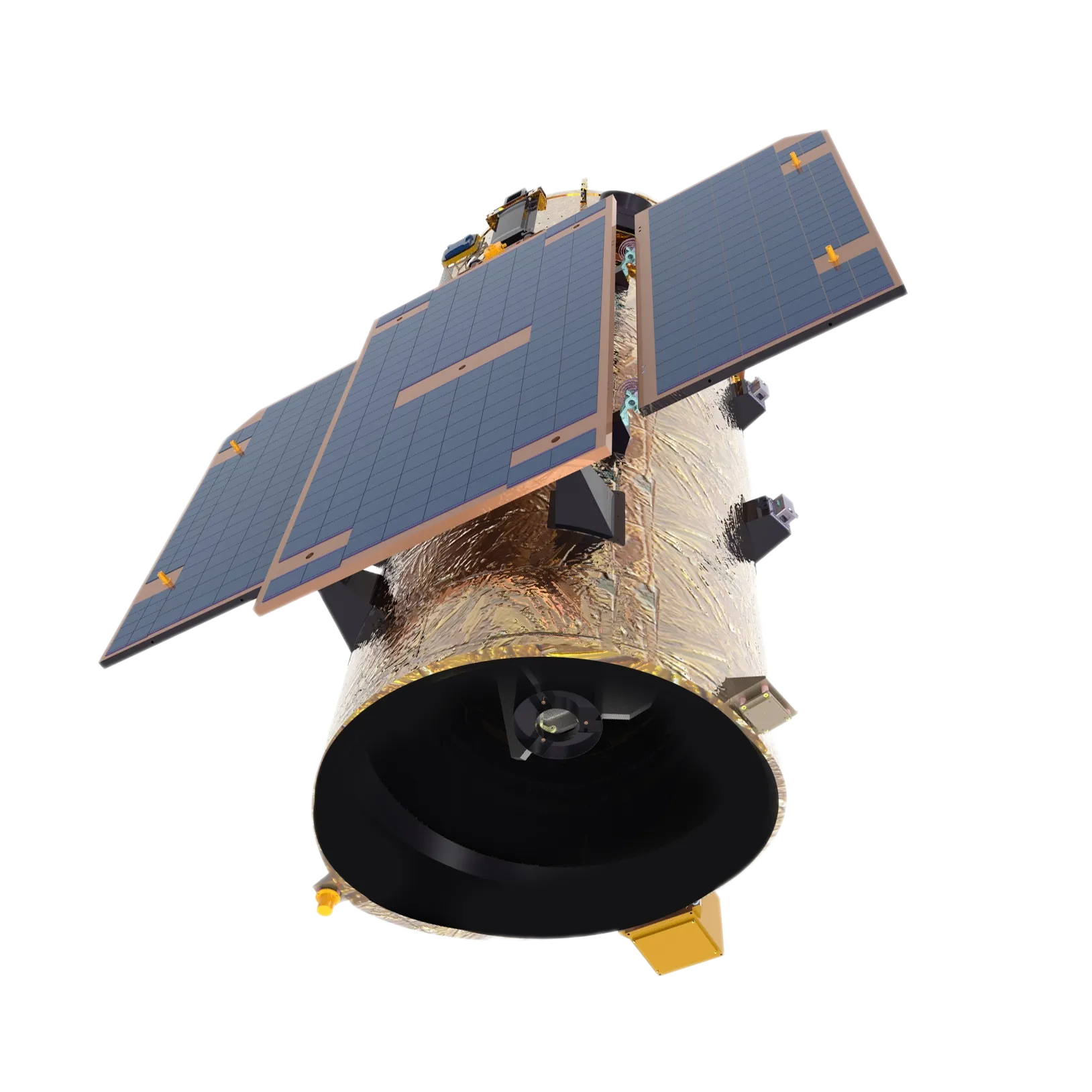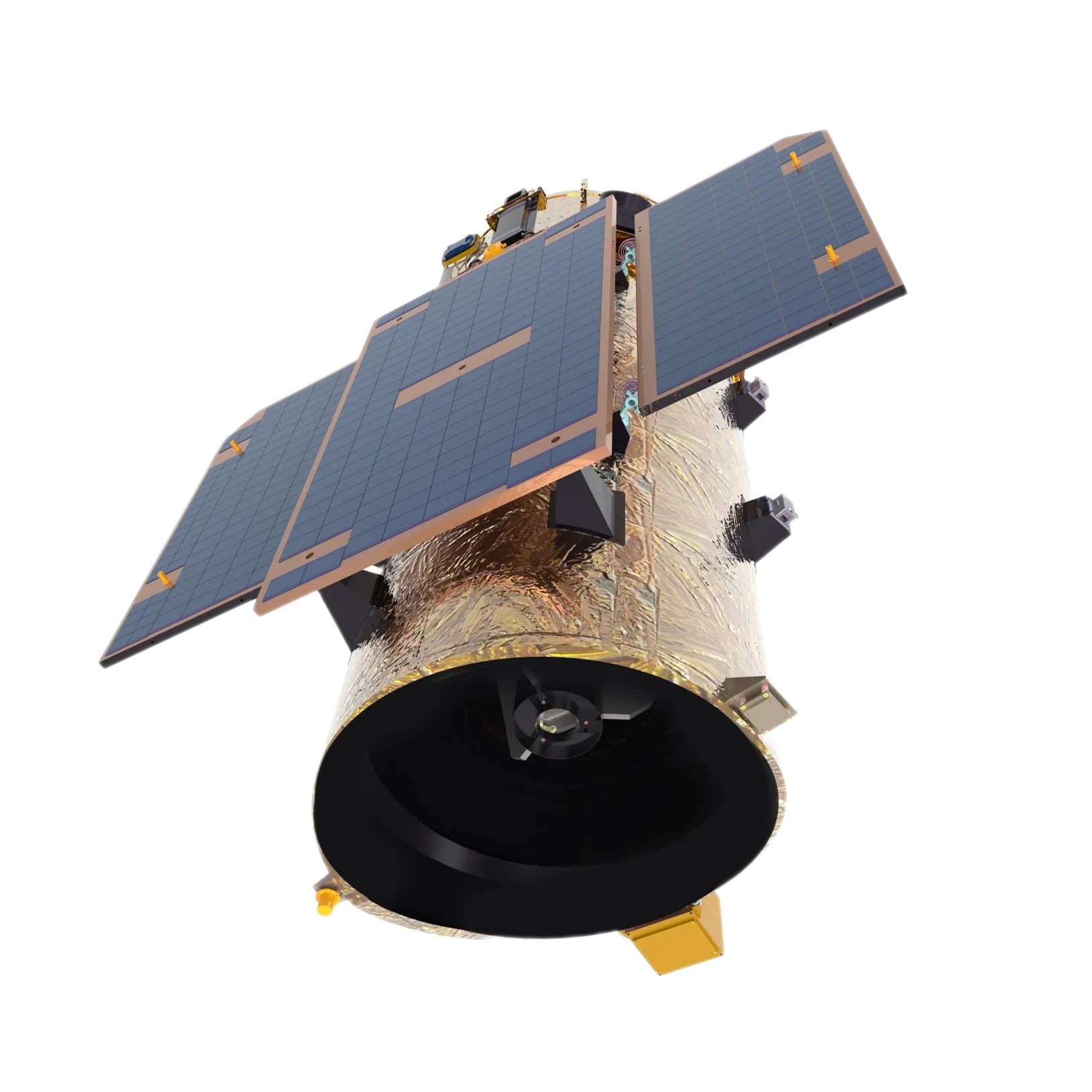
- Afrikaans
- Albanian
- Amharic
- Arabic
- Armenian
- Azerbaijani
- Basque
- Belarusian
- Bengali
- Bosnian
- Bulgarian
- Catalan
- Cebuano
- China
- Corsican
- Croatian
- Czech
- Danish
- Dutch
- English
- Esperanto
- Estonian
- Finnish
- French
- Frisian
- Galician
- Georgian
- German
- Greek
- Gujarati
- Haitian Creole
- hausa
- hawaiian
- Hebrew
- Hindi
- Miao
- Hungarian
- Icelandic
- igbo
- Indonesian
- irish
- Italian
- Japanese
- Javanese
- Kannada
- kazakh
- Khmer
- Rwandese
- Korean
- Kurdish
- Kyrgyz
- Lao
- Latin
- Latvian
- Lithuanian
- Luxembourgish
- Macedonian
- Malgashi
- Malay
- Malayalam
- Maltese
- Maori
- Marathi
- Mongolian
- Myanmar
- Nepali
- Norwegian
- Norwegian
- Occitan
- Pashto
- Persian
- Polish
- Portuguese
- Punjabi
- Romanian
- Russian
- Samoan
- Scottish Gaelic
- Serbian
- Sesotho
- Shona
- Sindhi
- Sinhala
- Slovak
- Slovenian
- Somali
- Spanish
- Sundanese
- Swahili
- Swedish
- Tagalog
- Tajik
- Tamil
- Tatar
- Telugu
- Thai
- Turkish
- Turkmen
- Ukrainian
- Urdu
- Uighur
- Uzbek
- Vietnamese
- Welsh
- Bantu
- Yiddish
- Yoruba
- Zulu
Warning: Undefined array key "array_term_id" in /home/www/wwwroot/HTML/www.exportstart.com/wp-content/themes/1371/header-lBanner.php on line 78
Warning: Trying to access array offset on value of type null in /home/www/wwwroot/HTML/www.exportstart.com/wp-content/themes/1371/header-lBanner.php on line 78
Multi Color Night Vision Cameras: See More, Clearer
The Paradigm Shift: Understanding Advanced Multi-Color Night Vision Technology
In the rapidly evolving landscape of surveillance, security, and industrial monitoring, the transition from monochromatic night vision to advanced multi color night vision represents a monumental leap forward, fundamentally redefining what is achievable in low-light environments. Traditional night vision systems, relying on image intensification or thermal imaging, have historically rendered scenes in green or black-and-white palettes, providing critical but often limited contextual information. The advent of multi-color capabilities, however, introduces a richer, more nuanced visual spectrum, enabling operators to discern subtle chromatic differences that are crucial for accurate identification, threat assessment, and detailed analysis. This technological advancement is not merely an aesthetic upgrade; it is a strategic enhancement that significantly boosts operational efficiency across a myriad of sectors, from critical infrastructure protection and perimeter security to complex industrial inspections and environmental monitoring. The core innovation lies in the system's ability to capture and process light across various spectral bands, then reconstruct these signals into a composite image that approximates natural daytime colors, even under conditions of extreme darkness. This capability is paramount for applications where object differentiation, color-coded warnings, or the identification of specific material properties are essential. For instance, in a petrochemical facility, being able to distinguish between different colored pipelines or warning labels in pitch darkness can prevent catastrophic errors, while in search and rescue operations, the ability to identify specific hues of clothing or equipment can be life-saving. The inherent complexity of achieving true multi-color rendition in sub-lux conditions involves sophisticated sensor fusion, advanced image processing algorithms, and meticulous calibration to ensure color fidelity and consistency, thereby elevating the utility and reliability of night vision solutions to unprecedented levels. The convergence of these advanced components allows for a level of detail and contextual awareness previously unattainable, making multi-color night vision an indispensable tool for forward-thinking organizations seeking to optimize their low-light operational capabilities and mitigate risks more effectively. This deep dive into the technology will explore its intricate workings, diverse applications, and the tangible benefits it delivers to industries facing the challenging realities of nocturnal operations, positioning it as a cornerstone technology for future security and industrial intelligence.
Navigating Industry Trends and Future Outlook in Low-Light Imaging
The industry surrounding night vision technology is currently experiencing a profound transformation, driven by relentless innovation and an escalating demand for superior performance in challenging environments. Key trends indicate a decisive shift towards enhanced resolution, increased spectral sensitivity, and, most notably, the widespread adoption of multi color night vision capabilities. While traditional `static night vision camera` systems and `night vision video camera` solutions have long been staples for basic surveillance, the market is now demanding cameras that can provide more granular detail and contextual awareness, particularly through color information. This push is fueled by advancements in sensor technology, such as highly sensitive CMOS and EMCCD sensors, coupled with more powerful on-board processing units that can execute complex algorithms in real-time. Miniaturization is another significant trend, allowing for the integration of high-performance night vision into more compact and versatile form factors, making them suitable for drones, portable devices, and discrete surveillance. Furthermore, the convergence of night vision with artificial intelligence (AI) and machine learning (ML) is rapidly redefining the operational paradigm. AI-powered analytics enable automatic anomaly detection, facial recognition in low light, object classification, and predictive maintenance, drastically reducing the burden on human operators and improving response times. For example, a `night vision camera` integrated with AI can distinguish between human intruders and animals, or identify specific equipment malfunctions based on thermal signatures or subtle color changes indicative of stress. The market for `night vision cameras for sale` is seeing a diversification, moving beyond military and defense into broader commercial and industrial applications, including smart cities, automated logistics, and environmental conservation. According to a report by MarketsandMarkets, the global night vision equipment market is projected to grow from USD 8.7 billion in 2023 to USD 13.5 billion by 2028, at a Compound Annual Growth Rate (CAGR) of 9.2%, with multi-color and AI-integrated systems being primary growth drivers. This surge is attributed to increasing security concerns, rising adoption in automotive applications, and continuous technological advancements. The future outlook points towards even greater integration with augmented reality (AR) overlays for real-time data visualization, enhanced power efficiency for extended deployment, and the development of truly "all-light" cameras that seamlessly transition from bright daylight to total darkness while maintaining color fidelity. As industries become more reliant on continuous, intelligent monitoring, the evolution of night vision technology, particularly its progression towards high-fidelity multi-color imaging, will be pivotal in shaping the next generation of security and operational intelligence solutions.
Technical Specifications and Performance Metrics for Advanced Night-Time Cameras
The efficacy of a Night-Time Camera With A Resolution Of 50m, especially one boasting multi color night vision capabilities, is quantified by a rigorous set of technical parameters that directly influence its operational performance and suitability for specific applications. Key specifications include sensor type and resolution, spectral sensitivity, minimum illumination (lux rating), signal-to-noise ratio (SNR), and thermal sensitivity for hybrid systems. For a high-performance system designed for a 50m detection range, a high-resolution sensor, typically a high-performance CMOS or EMCCD, is paramount, offering resolutions ranging from 1080p (Full HD) to 4K (Ultra HD) to ensure clarity over distance. The spectral range, which defines the wavelengths of light the camera can detect, is crucial for multi-color systems, often extending into the near-infrared (NIR) and sometimes short-wave infrared (SWIR) to capture more data. Minimum illumination, expressed in lux, indicates the lowest light level at which the camera can produce a usable image; for advanced night vision, this can be as low as 0.0001 lux or even starlight equivalent. The Signal-to-Noise Ratio (SNR) is critical for image quality, with higher SNR values indicating clearer images with less noise, particularly under low-light conditions. Frame rate, often 30-60 frames per second (fps), ensures smooth video capture for dynamic scenarios. Optical elements, including lens aperture (F-number) and focal length, determine light gathering capability and field of view, while advanced image processing algorithms like 3D Digital Noise Reduction (DNR), Wide Dynamic Range (WDR), and defogging functionalities enhance image clarity and contrast. Power consumption is also a vital consideration for remote or battery-operated deployments, with modern systems striving for energy efficiency. Furthermore, for environmental resilience, ingress protection (IP) ratings (e.g., IP67 or IP68) and operating temperature ranges (-40°C to +70°C) are essential for industrial and outdoor deployments. The integration of advanced features such as on-board analytics, network connectivity (e.g., ONVIF compliance for seamless integration into existing VMS), and robust data encryption further solidify the camera's role as a sophisticated surveillance tool. These technical specifications collectively ensure that the camera not only "sees" in the dark but does so with exceptional clarity, detail, and reliability, providing actionable intelligence rather than just visual data.
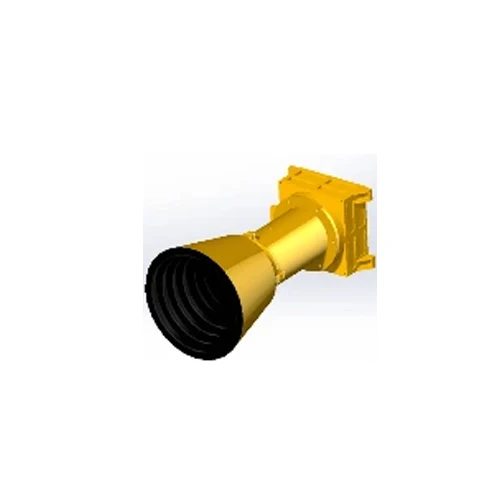
Typical Technical Parameters of a High-Performance Multi-Color Night Vision Camera
The Precision Craftsmanship Behind Multi-Color Night Vision Cameras
The development and manufacturing of a sophisticated `night vision camera` capable of delivering multi color night vision capabilities is a meticulously engineered process that combines advanced material science, precision manufacturing techniques, and stringent quality control protocols. The journey begins with the selection of high-grade materials, specifically chosen for their thermal stability, anti-corrosive properties, and optical purity. For the camera housing, materials like aerospace-grade aluminum alloys or specialized polymer composites are often employed due to their durability and ability to withstand extreme environmental conditions prevalent in sectors such as petrochemicals, metallurgy, and water treatment. These materials undergo primary processing through methods like precision casting for complex structural components, ensuring high dimensional accuracy and internal integrity, or forging for parts requiring exceptional strength and resistance to mechanical stress. Following initial shaping, the components proceed to advanced CNC (Computer Numerical Control) machining, a critical stage where intricate details, precise mounting points, and exact optical alignments are achieved with micron-level precision. This step is vital for ensuring that the optical path is perfectly aligned and sealed against external elements, which is paramount for maintaining image clarity and preventing internal fogging or contamination that could degrade `night vision video camera` performance. The optical assembly itself involves highly specialized processes, including the deposition of multi-layer anti-reflective coatings on lenses and filters to maximize light transmission and minimize glare, even from external light sources that could interfere with clear vision. For the sensor, a crucial component for multi color night vision, the manufacturing takes place in ultra-cleanroom environments to prevent contamination by microscopic particles that could cause pixel defects or noise in the final image. Each sensor undergoes rigorous testing for pixel uniformity, sensitivity, and dynamic range before integration. The subsequent integration of the sensor, lens array, and image processing unit requires expert alignment and sealing, often employing automated robotic systems for unparalleled accuracy. Post-assembly, every camera undergoes a series of exhaustive quality control and testing procedures. These include environmental stress screening (ESS) for temperature cycling, vibration testing, and ingress protection (IP) testing according to international standards such as ISO 60529 and ANSI/UL 60950-22, ensuring the camera’s reliability and longevity in harsh industrial settings. Operational life expectancy for such robust `night vision cameras for sale` typically extends beyond 10 years, reflecting the quality of materials and manufacturing processes. Furthermore, specific material properties and design elements contribute significantly to the camera's advantages in typical application scenarios; for instance, specialized coatings and materials used in the housing and internal components provide superior anti-corrosion properties crucial for use in wastewater treatment plants or marine environments, while optimized power management ICs contribute to energy efficiency, reducing operational costs in continuous monitoring deployments. This comprehensive approach to design and manufacturing ensures that the final product not only meets but exceeds the demanding requirements of industrial and security applications, providing unparalleled performance and reliability over its long service life.
Transformative Applications and Unrivaled Advantages of Multi-Color Night Vision
The deployment of advanced multi color night vision systems extends far beyond conventional security, offering transformative advantages across a broad spectrum of industrial and critical infrastructure applications. In the petrochemical industry, where precise visual information can prevent catastrophic incidents, these cameras are invaluable for monitoring pipelines, storage tanks, and critical machinery during nighttime operations. The ability to discern the color of various substances, identify color-coded safety warnings on equipment, or detect subtle discoloration indicative of leaks or overheating, provides an unprecedented layer of safety and operational intelligence that traditional `static night vision camera` systems simply cannot match. For instance, being able to differentiate between various gas lines identified by specific colors in a low-light environment can prevent incorrect valve operations. In the metallurgy sector, high-temperature processes and large-scale operations often continue around the clock. Multi color night vision cameras facilitate continuous monitoring of furnaces, molten metal flows, and material integrity, allowing operators to detect anomalies or changes in material properties (e.g., specific heat signatures that correspond to a particular color spectrum indicating an impending failure) that would be invisible to the naked eye or monochromatic cameras. This directly translates to improved quality control, reduced downtime, and enhanced worker safety. The water supply and drainage industry benefits immensely from the robust and anti-corrosive properties of these cameras, enabling effective surveillance of reservoirs, pumping stations, and sewage treatment facilities. Their ability to operate reliably in corrosive and humid environments, while also providing clear, colored images of potential contaminants or infrastructure damage, ensures uninterrupted public utility services and compliance with environmental regulations. Beyond these specific industries, the overarching advantages of multi color night vision include significantly enhanced situational awareness, as the human brain processes color information more efficiently, leading to faster recognition and interpretation of complex scenes. This improved contextual understanding reduces operator fatigue and enhances decision-making accuracy. The heightened ability to differentiate between objects, identify specific features, and detect subtle changes based on chromatic shifts boosts the effectiveness of surveillance, making these systems indispensable for perimeter security, border control, search and rescue, and even wildlife monitoring, where distinguishing between species or identifying specific markings is crucial. The superior image quality, combined with advanced analytical capabilities, effectively reduces false alarms and improves response times, leading to a more efficient and reliable security posture. This technology also significantly enhances forensic analysis, as the capture of color data allows for more detailed post-event investigation, aiding in the identification of vehicles, clothing, or other colored evidence that would be lost in monochromatic imagery. Ultimately, the integration of multi color night vision into diverse operational frameworks yields not only enhanced security and safety but also substantial operational efficiencies and cost savings by preventing errors, mitigating risks, and streamlining monitoring processes.
Comparative Analysis: Our Night-Time Camera vs. Market Competitors
When evaluating `night vision cameras for sale`, particularly those offering advanced capabilities like multi color night vision, a comprehensive comparison against leading market alternatives is essential for B2B decision-makers. Our product, the Night-Time Camera With A Resolution Of 50m from Space-Navi, stands out through its optimized balance of performance, durability, and cost-effectiveness. While many `night vision video camera` systems from competitors may offer high resolution or impressive IR ranges, few integrate true multi color night vision at sub-lux levels with the same level of color fidelity and practical resolution over distance. For example, some market players focus heavily on thermal imaging, which excels at detecting heat signatures but lacks the ability to render natural colors, thus limiting contextual information crucial for object identification. Other `static night vision camera` solutions might use digital low-light enhancement but often struggle with color accuracy and introduce significant noise artifacts in extremely dark conditions, making detailed analysis challenging. Our camera's strength lies in its proprietary sensor technology and advanced image fusion algorithms that combine visible light, near-infrared, and sometimes other spectral data to reconstruct a full-color image with remarkable clarity, even in ambient light as low as 0.0008 Lux. This contrasts sharply with systems that merely overlay false colors or rely on digital amplification that compromises image integrity. Furthermore, while competitor `night vision camera` systems might offer comparable detection ranges, our product maintains a higher level of recognition and identification capability at 50 meters, meaning not just detecting presence but discerning specific details like clothing colors or vehicle models. The robust construction, adhering to ISO 9001 quality standards and IP67/IK10 ratings, surpasses many commercial-grade offerings that often prioritize cost over long-term reliability in harsh industrial environments. Our commitment to anti-corrosive materials and energy-efficient designs also translates into a lower total cost of ownership (TCO) compared to systems requiring frequent maintenance or consuming excessive power. Moreover, our solution offers superior integration capabilities through ONVIF compliance and custom API options, ensuring seamless compatibility with existing surveillance infrastructures, a feature often overlooked or limited by other manufacturers. This holistic approach, encompassing superior imaging performance, robust physical design, and flexible integration, positions our camera as a leading choice for demanding industrial and security applications where `night vision cameras for sale` require both cutting-edge technology and unwavering reliability.
Comparative Product Performance Table (Illustrative)
Customized Solutions and Tailored Deployment of Multi-Color Night Vision
Recognizing that no two industrial or security challenges are identical, our approach to deploying multi color night vision technology centers on delivering highly customized solutions that precisely meet the unique operational requirements of each client. The standard capabilities of our Night-Time Camera With A Resolution Of 50m serve as a robust foundation, but true optimization comes from tailoring the solution to specific environmental, operational, and integration demands. This customization often begins with a detailed site assessment, conducted by our expert technical team, to understand factors such as ambient light levels, environmental corrosiveness, potential sources of interference, desired detection/recognition distances, and existing network infrastructure for `night vision camera` integration. Based on this assessment, modifications can range from specialized lens options (e.g., specific focal lengths for narrower fields of view, or lenses with extreme anti-glare coatings for environments with frequent bright lights like vehicle headlights) to bespoke housing materials engineered for exceptional resistance to chemicals, salt spray, or extreme temperatures. For clients operating in hazardous areas (e.g., petrochemical plants with explosive atmospheres), we can provide ATEX or IECEx certified enclosures, ensuring compliance with international safety standards. Software-level customization is equally critical for unlocking the full potential of a `night vision video camera`. This includes tailoring video analytics for specific detection scenarios (e.g., human vs. animal detection, object tracking in complex industrial settings), optimizing compression algorithms for bandwidth-constrained networks, or developing custom APIs for seamless integration with proprietary SCADA systems, Physical Security Information Management (PSIM) platforms, or Enterprise Resource Planning (ERP) systems. For instance, a client in the mining industry might require specific analytics for monitoring conveyor belt integrity in low light, necessitating a specialized algorithm to detect subtle material accumulation or wear patterns. Our team also specializes in designing complex `static night vision camera` networks, advising on optimal camera placement, power distribution solutions (including solar and hybrid power for remote locations), and data transmission strategies (e.g., fiber optic, wireless mesh networks) to ensure reliable connectivity and data flow. We work closely with clients to define Service Level Agreements (SLAs) for ongoing support, maintenance, and future scalability, ensuring that the deployed multi color night vision solution evolves with their operational needs. Our commitment to customized solutions ensures that businesses are not merely purchasing a product, but investing in a precisely engineered system designed to deliver maximum value, operational efficiency, and long-term reliability in their specific challenging environments. This consultative approach, backed by years of industry experience and a deep understanding of B2B client needs, differentiates us in the market for `night vision cameras for sale`.
Real-World Impact: Application Case Studies of Multi-Color Night Vision
The tangible benefits of multi color night vision are best illustrated through real-world application cases where this technology has demonstrably improved security, safety, and operational efficiency. Consider a major international port facility that faced significant challenges with night-time security around its perimeter and cargo handling areas. Traditional `static night vision camera` systems provided only monochrome imagery, making it difficult to distinguish between legitimate personnel and unauthorized intruders, or to identify specific cargo container111s that were color-coded for different types of goods. By deploying our Night-Time Camera With A Resolution Of 50m, the port gained unprecedented visual clarity. Security operators could now identify the color of a trespasser's clothing, the livery of a vehicle, or the specific color markings on a container111 from significant distances, even in near-total darkness. This capability drastically reduced false alarms, accelerated response times, and enhanced forensic investigations, leading to a 40% reduction in unauthorized entries and a 25% improvement in cargo handling accuracy during night shifts, as reported by the port authority after six months of deployment. Another compelling case involves a large-scale industrial manufacturing plant experiencing recurring issues with equipment malfunctions during night shifts, particularly in areas with poor lighting. The plant installed `night vision video camera` systems featuring multi color night vision to monitor critical machinery, including robotic arms and assembly lines. The high-fidelity color imaging allowed maintenance engineers, viewing live feeds remotely, to detect subtle color changes in lubricant levels, overheating components identified by specific spectral shifts, or discolored wiring, which are all indicative of impending failures. This proactive monitoring enabled predictive maintenance, reducing unscheduled downtime by an estimated 30% and extending the lifespan of critical assets. Furthermore, in a vast agricultural enterprise, challenges with night-time wildlife intrusion damaging crops led to significant losses. Deploying `night vision cameras for sale` equipped with multi color night vision allowed the farm management to distinguish between various animal species based on their color patterns and movements, providing crucial data for implementing targeted deterrence strategies. This led to a substantial decrease in crop damage and a more humane approach to wildlife management. These diverse applications underscore the versatility and indispensable value of multi color night vision, proving that it's not just a surveillance tool but a strategic asset that enhances decision-making, protects valuable assets, and optimizes operations across a myriad of challenging environments. The ability to "see in color" when others cannot provides a significant competitive and operational advantage, reaffirming our commitment to delivering superior imaging solutions that generate tangible returns on investment for our clients.
Frequently Asked Questions (FAQs) About Multi-Color Night Vision
To ensure complete clarity and address common inquiries from B2B clients, we've compiled a list of frequently asked questions regarding multi color night vision technology and our Night-Time Camera With A Resolution Of 50m. Understanding these aspects is crucial for making an informed decision about integrating such advanced `night vision camera` systems into your operations.
Q1: How does multi-color night vision differ from traditional night vision?
Traditional `static night vision camera` systems typically present images in monochromatic green or black-and-white. This is because they rely on amplifying available ambient light, often in the near-infrared spectrum, and then rendering it in a single color for display. In contrast, multi color night vision technology employs advanced sensors and sophisticated image processing algorithms that capture light across a broader spectrum, including portions of the visible light spectrum that are still present even in very low light conditions (e.g., starlight or distant artificial light sources). These different spectral components are then fused and mapped to their corresponding colors, allowing the system to render a composite image that closely approximates natural daytime colors. This provides significantly more contextual information, enabling users to identify objects, distinguish between various elements based on color, and enhance overall situational awareness, which is invaluable in complex industrial or security scenarios. The difference is akin to moving from a black-and-white photograph to a full-color image in terms of informational richness.
Q2: What is the effective resolution at 50m for your Night-Time Camera?
Our Night-Time Camera With A Resolution Of 50m is engineered to deliver high-definition imagery even at this considerable distance. While the optical resolution remains consistent (e.g., 4MP or 8MP depending on the model variant), the "effective resolution" at 50m refers to the clarity and detail discernible at that range. Thanks to its advanced optics, highly sensitive sensors (down to 0.0008 Lux for color), and sophisticated image processing including digital noise reduction and defogging, the camera can capture clear, identifiable details of objects, vehicles, and individuals at 50 meters. This means you can not only detect presence but also recognize characteristics such as clothing type, vehicle model, or specific industrial equipment features in multi color night vision. This capability surpasses many `night vision video camera` systems that might claim long ranges but fail to provide sufficient detail for actionable intelligence.
Q3: Can your cameras operate in completely dark environments (0 Lux)?
Yes, our cameras are designed for optimal performance in various low-light conditions, including absolute darkness (0 Lux). While the multi color night vision feature thrives in conditions with minimal ambient light (e.g., starlight or distant city glow), for scenarios of complete 0 Lux, our cameras seamlessly integrate powerful built-in or external Infrared (IR) illuminators. In such conditions, the camera automatically switches to a highly sensitive black-and-white mode, utilizing the invisible IR light to "see" in the dark. This ensures continuous surveillance capability regardless of light availability. For environments where some ambient light exists, the multi color night vision mode offers superior situational awareness by providing color information. This dual capability makes our `night vision cameras for sale` exceptionally versatile for any low-light application.
Q4: What are the typical delivery times and warranty provisions?
Our standard delivery cycle for a Night-Time Camera With A Resolution Of 50m is typically 2-4 weeks from order confirmation, depending on the volume and specific customization requirements. For large-scale projects or highly specialized configurations, we will provide a detailed project timeline during the consultation phase. Regarding warranty, all our multi color night vision cameras come with a comprehensive 3-year limited warranty covering manufacturing defects and operational failures under normal usage conditions. Extended warranty options and service contracts are also available for clients requiring prolonged support and preventative maintenance. Our commitment extends beyond product delivery, offering robust customer support including technical assistance, remote diagnostics, and on-site service where necessary, ensuring your `night vision camera` systems maintain peak performance throughout their operational lifespan. This commitment to long-term reliability and support is a cornerstone of our service philosophy, designed to build unwavering trust with our B2B partners.
Conclusion: Embracing the Future of Surveillance with Multi-Color Night Vision
The journey through the intricate world of multi color night vision technology reveals a profound evolution in how industries and security professionals perceive and operate in low-light environments. From the meticulous manufacturing processes that ensure durability and precision to the transformative applications across petrochemical, metallurgy, and water treatment sectors, it is clear that this technology represents a significant leap beyond conventional `night vision camera` capabilities. Our Night-Time Camera With A Resolution Of 50m exemplifies this advancement, offering not just superior low-light performance but also the critical color information necessary for enhanced situational awareness, faster decision-making, and more accurate identification. The integration of color into nocturnal imaging fundamentally changes the paradigm, transforming mere visibility into actionable intelligence, reducing risks, and optimizing operational efficiencies. As the demand for sophisticated, reliable, and intelligent surveillance solutions continues to grow, particularly for `static night vision camera` and `night vision video camera` applications, the emphasis on technologies that provide richer data streams, such as multi color night vision, will only intensify. This technology is no longer a luxury but a necessity for organizations committed to robust security, efficient operations, and a proactive approach to risk management. Its ability to thrive in the harshest conditions, provide critical details often missed by monochromatic systems, and integrate seamlessly into diverse operational frameworks positions it as a cornerstone for future-proof security infrastructure. The commitment to customization ensures that each deployment is perfectly aligned with unique client needs, maximizing return on investment and long-term operational benefits. For any entity seeking to upgrade its `night vision cameras for sale` and gain a decisive advantage in night-time operations, embracing the power of multi color night vision is not just an upgrade; it's a strategic imperative that redefines the boundaries of what is possible after dusk.
For further academic insights into the advancements in low-light imaging and spectral fusion techniques, we recommend exploring the following resources:
- Journal of Optical Engineering: "Multispectral Imaging for Enhanced Night Vision and Scene Understanding" - https://www.spiedigitallibrary.org/journals/optical-engineering
- IEEE Transactions on Image Processing: "Advanced Image Fusion Techniques for Low-Light Color Reconstruction" - https://ieeexplore.ieee.org/xpl/RecentIssue.jsp?punumber=83
- Nature Photonics: "Quantum-enhanced Night Vision Technologies" - https://www.nature.com/nphoton/
This is the first article






